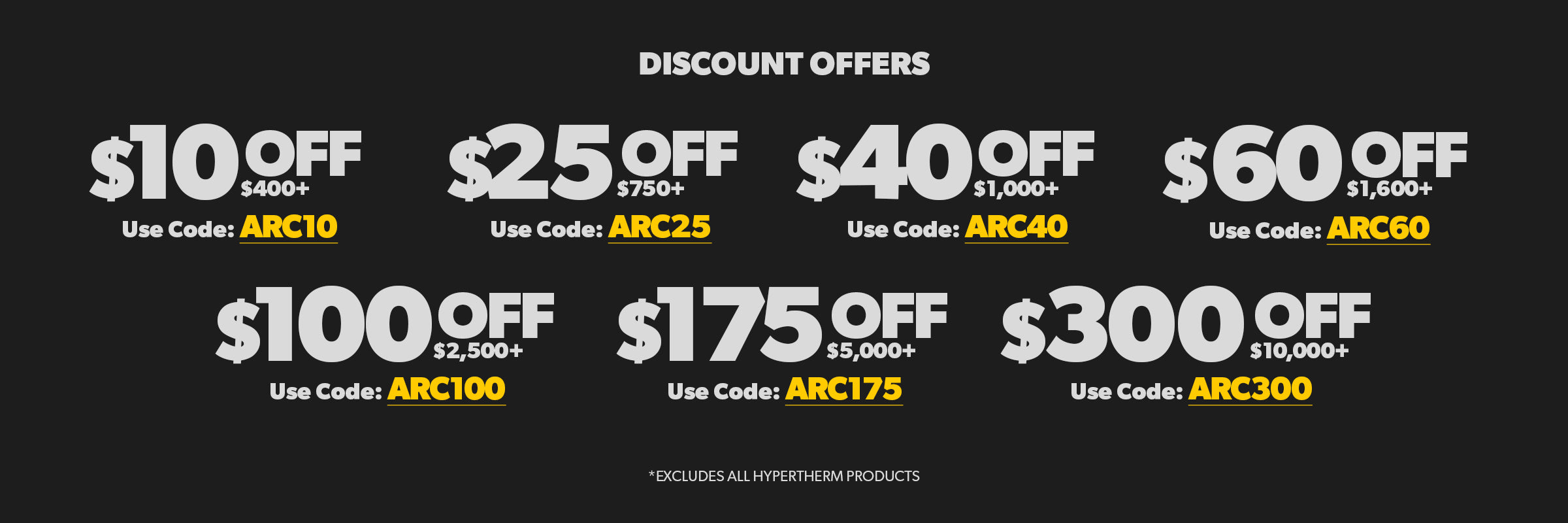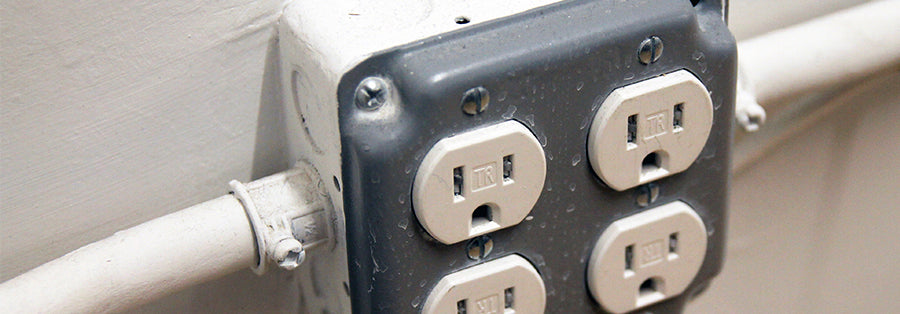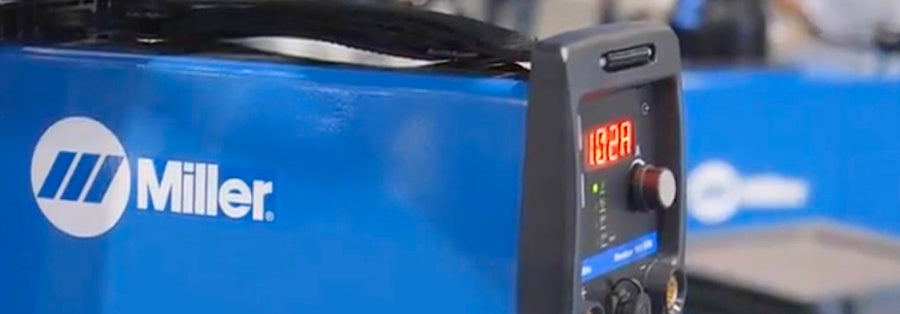“Sports tires are sick,” the mechanic said. “They’re the ones I’d go with.” My stupid 17-year-old self was just dumb enough to take his word for it. Within two months, our streets were covered in ice and snow. My “super cool” tires became a danger to my community as I attempted to drive around town. Because of their low amount of tread, my tires sent me spinning out on every turn and sliding through every stoplight.
It’s easy to point out how utterly idiotic I was for even attempting to use the wrong wheels in the wrong situation. Yet so many welders make that exact same mistake while using an angle grinder. In this guide, we’ll cover every type of disc and which wheels will work well for specific situations.

Cutting Disc
Now before you throw up your hands and yell, “I know how to use a cutting disc, it’s in the name!” you need to understand that it’s not as black and white as you might think. There are grinding wheels and there are cutting wheels, BUT some grinding wheels can also cut. On the top label of a disc, you’ll see two icons for grinding and cutting. You might notice that some grinding discs have both icons, while on cutting wheels, the grinding icon is crossed out. This means this type of disc can cut, but can’t grind.

So why would you ever use a cutting disc if it can only do one thing, while a grinding disc can do both? Grinding wheels can cut and grind because they’re reinforced with extra material. The downside is that this means they produce much fatter cuts than a dedicated cutting wheel. This leads to more material being wasted and, in general, grinding discs just don’t work as quickly or as well as cutting discs for cuts—after all, “it’s in the name.”
Which type of disc you prefer for cuts really depends on your situation. If you only have one angle grinder, switching between wheels can be enough of a hassle that simply using a grinding disc for cuts might be the best option. For this very reason, many professional welders will have a second angle grinder with a dedicated cutting disc.

When it comes to cutting discs, there’s your standard abrasive cutting disc made of aluminum oxide, silicon carbide or a mixture of aluminum oxide and zirconium. These are designed to erode away as you grind. However, there’s also a diamond cutting wheel. This is made of metal with diamond segments along the blades. These discs will last longer than your abrasive types, but are often more expensive and can cut slower, especially after prolonged use.
Grinding Disc
The main issue with grinding discs is that often welders think of them as the one-size-fits-all solution to angle grinders. While grinding wheels are essential, using them for every single situation isn’t ideal.
Most grinding discs have enough “bite” that they can really get in there and remove some metal. This is perfect for cleaning off really bad rust or removing your weld if you screwed up, but might be too aggressive for other situations. For lighter applications, seriously consider a flap disc or even a wire wheel (which we talk about more later on).
When using a grinding wheel, hold your grinder at an angle (hence the name “angle grinder”). While heat can build up with any type of disc, grinding discs are especially capable of creating a lot of friction. Make sure you move your angle grinder around to avoid building up too much heat—which will cause your material to warp. Most professionals generally recommend a circular motion, though different situations might require other techniques.
Flap Disc
Often, your application will need something less aggressive than a grinding disc. For instance, you might need to remove metal smild rust, paint or spatter. A flap disc can often be better for these situations, as it’s not designed to “dig” into theo much as remove the top layer. It’s very similar to what you’d find with sanding in woodworking because—surprise, surprise—flap discs are actually made of a bunch of sandpaper “flaps” stacked in a circular layout.

Flap discs are one of those secrets to giving your welds a nice, professional finish. You can generally tell when someone has tried to do their whole project with a grinding disc and when they’ve taken the time and dedication to use a flap disc.
If you’re just beginning your welding journey, a flap disc might not be needed. As they aren’t designed to easily remove large chunks of material, they might not be ideal if you’re constantly having to grind back your bad beads and try again. However, once you’ve found your footing, we strongly recommend experimenting with flap discs.
Wire Disc
If we were to rate disc type based on how easily they remove material, grinding and cutting discs would be at the top, flap discs would be in the middle and wire discs would be at the very bottom. Wire discs are mostly used for cleaning the surfaces of your material. For instance, it’s very common to hit your stick welds with a wire disc to remove slag and surface defects.

Wire discs come in a few different setups. One type is the wire cup wheel, which—like all the highly imaginative names used for discs—is basically a cup of wires. Because the cup allows all the twisted wire strands to face in one direction, you can cover more surface at once. However, this means a cup wire disc isn’t able to get into corners and grooves very well. For these situations, a normal wire brush or twisted (also called knotted) wire brush is best.
By using the right disc for the job, you’ll have more control over your angle grinder. You’ll waste less material and end up with a much better-looking final result. For more tips and tricks, make sure to check out IOC’s complete archive of helpful guides, product reviews and more.




